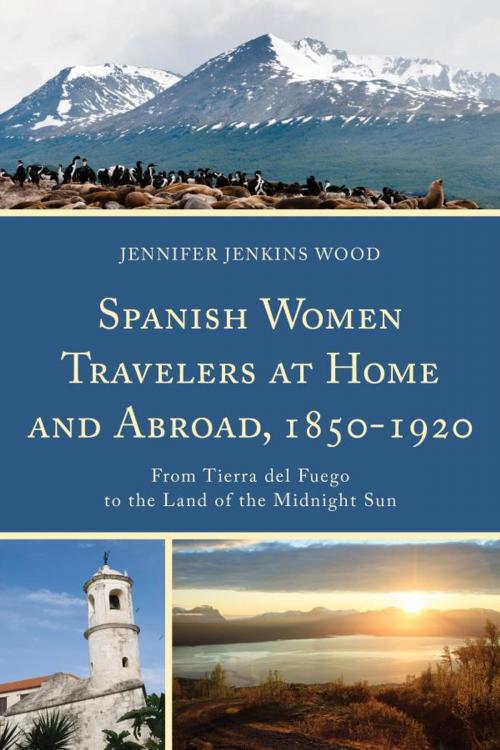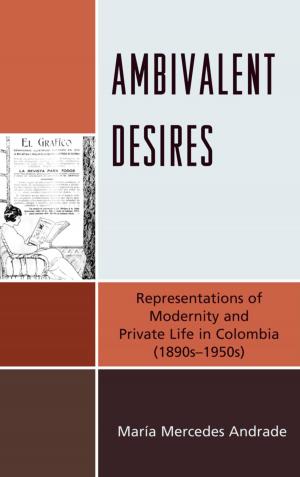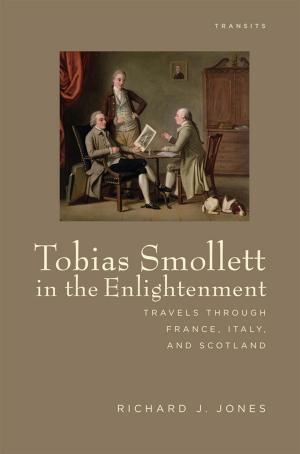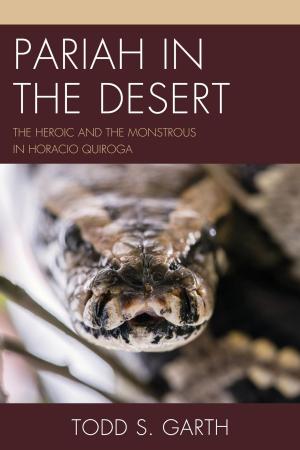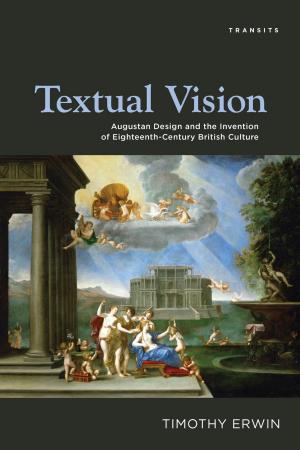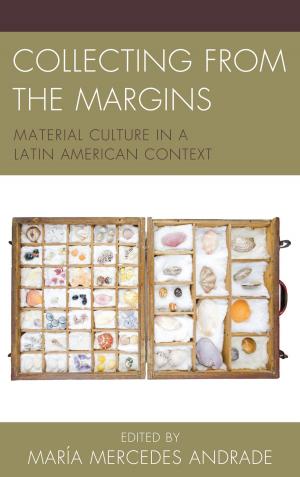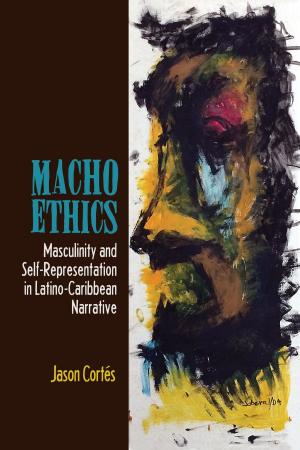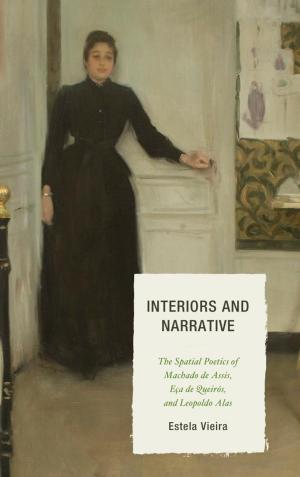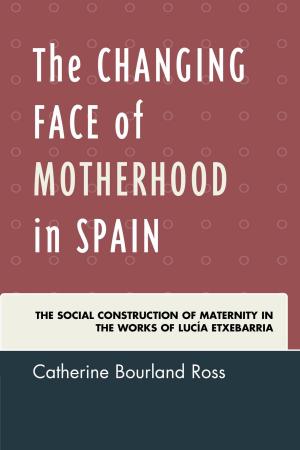Spanish Women Travelers at Home and Abroad, 1850–1920
From Tierra del Fuego to the Land of the Midnight Sun
Fiction & Literature, Literary Theory & Criticism, American, Nonfiction, Social & Cultural Studies, Social Science, Cultural Studies, Ethnic Studies| Author: | Jennifer Jenkins Wood | ISBN: | 9781611485561 |
| Publisher: | Bucknell University Press | Publication: | December 12, 2013 |
| Imprint: | Bucknell University Press | Language: | English |
| Author: | Jennifer Jenkins Wood |
| ISBN: | 9781611485561 |
| Publisher: | Bucknell University Press |
| Publication: | December 12, 2013 |
| Imprint: | Bucknell University Press |
| Language: | English |
Between 1850 and 1920 women’s travel and travel writing underwent an explosion. It was an exciting period in the history of travel, a golden age. While transportation had improved, mass tourism had not yet robbed journeys of their aura of adventure. Although British women were at the forefront of this movement, a number of intrepid Spanish women also participated in this new era of travel and travel writing. They transcended general societal limitations imposed on Spanish women at a time when the refrain “la mujer en casa, y con la pata quebrada” described most of their female compatriots, who suffered from legal constraints, lack of education, a husband’s dictates, or little or no money of their own. Spanish Women Travelers at Home and Abroad, 1850–1920: From Tierra del Fuego to the Land of the Midnight Sun analyzes the travels and the travel writings of eleven extraordinary women: Emilia Pardo Bazán, Carmen de Burgos (pseud. Colombine), Rosario de Acuña, Carolina Coronado, Emilia Serrano (Baronesa de Wilson), Eva Canel, Cecilia Böhl de Faber (pseud. Fernán Caballero), Princesses Paz and Eulalia de Borbón, Sofía Casanova, and Mother María de Jesús Güell. These Spanish women travelers climbed mountain peaks in their native country, traveled by horseback in the Amazon, observed the Indians of Tierra del Fuego, suffered from el soroche [altitude sickness] in the Andes, admired the midnight sun in Norway, traveled to mission fields in sub-Saharan Africa, and reported on wars in Europe and North Africa, to mention only a few of their accomplishments. The goal of this study is to acquaint English-speaking readers with the narratives of these remarkable women whose works are not available in translation. Besides analyzing their travel narratives and the role of travel in their lives, Spanish Women Travelers includes many long excerpts translated into English for the first time.
Between 1850 and 1920 women’s travel and travel writing underwent an explosion. It was an exciting period in the history of travel, a golden age. While transportation had improved, mass tourism had not yet robbed journeys of their aura of adventure. Although British women were at the forefront of this movement, a number of intrepid Spanish women also participated in this new era of travel and travel writing. They transcended general societal limitations imposed on Spanish women at a time when the refrain “la mujer en casa, y con la pata quebrada” described most of their female compatriots, who suffered from legal constraints, lack of education, a husband’s dictates, or little or no money of their own. Spanish Women Travelers at Home and Abroad, 1850–1920: From Tierra del Fuego to the Land of the Midnight Sun analyzes the travels and the travel writings of eleven extraordinary women: Emilia Pardo Bazán, Carmen de Burgos (pseud. Colombine), Rosario de Acuña, Carolina Coronado, Emilia Serrano (Baronesa de Wilson), Eva Canel, Cecilia Böhl de Faber (pseud. Fernán Caballero), Princesses Paz and Eulalia de Borbón, Sofía Casanova, and Mother María de Jesús Güell. These Spanish women travelers climbed mountain peaks in their native country, traveled by horseback in the Amazon, observed the Indians of Tierra del Fuego, suffered from el soroche [altitude sickness] in the Andes, admired the midnight sun in Norway, traveled to mission fields in sub-Saharan Africa, and reported on wars in Europe and North Africa, to mention only a few of their accomplishments. The goal of this study is to acquaint English-speaking readers with the narratives of these remarkable women whose works are not available in translation. Besides analyzing their travel narratives and the role of travel in their lives, Spanish Women Travelers includes many long excerpts translated into English for the first time.
